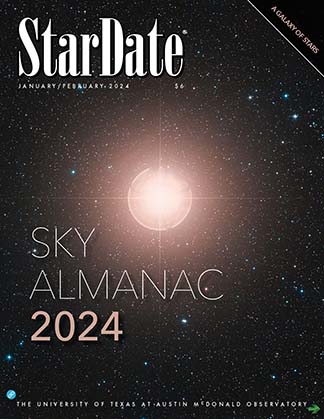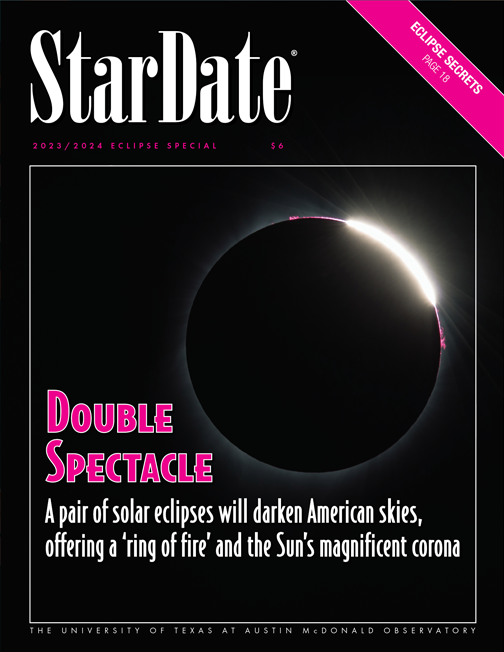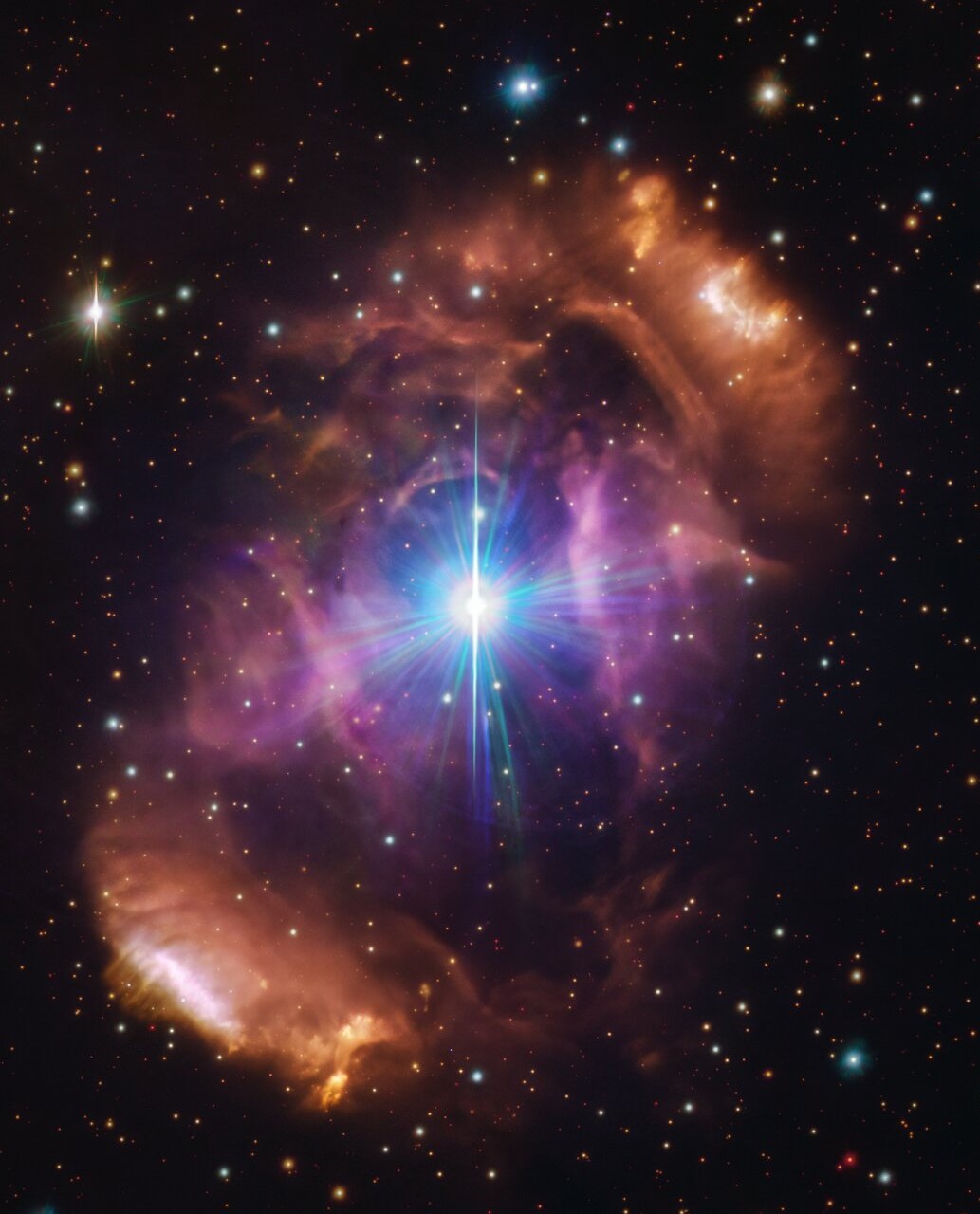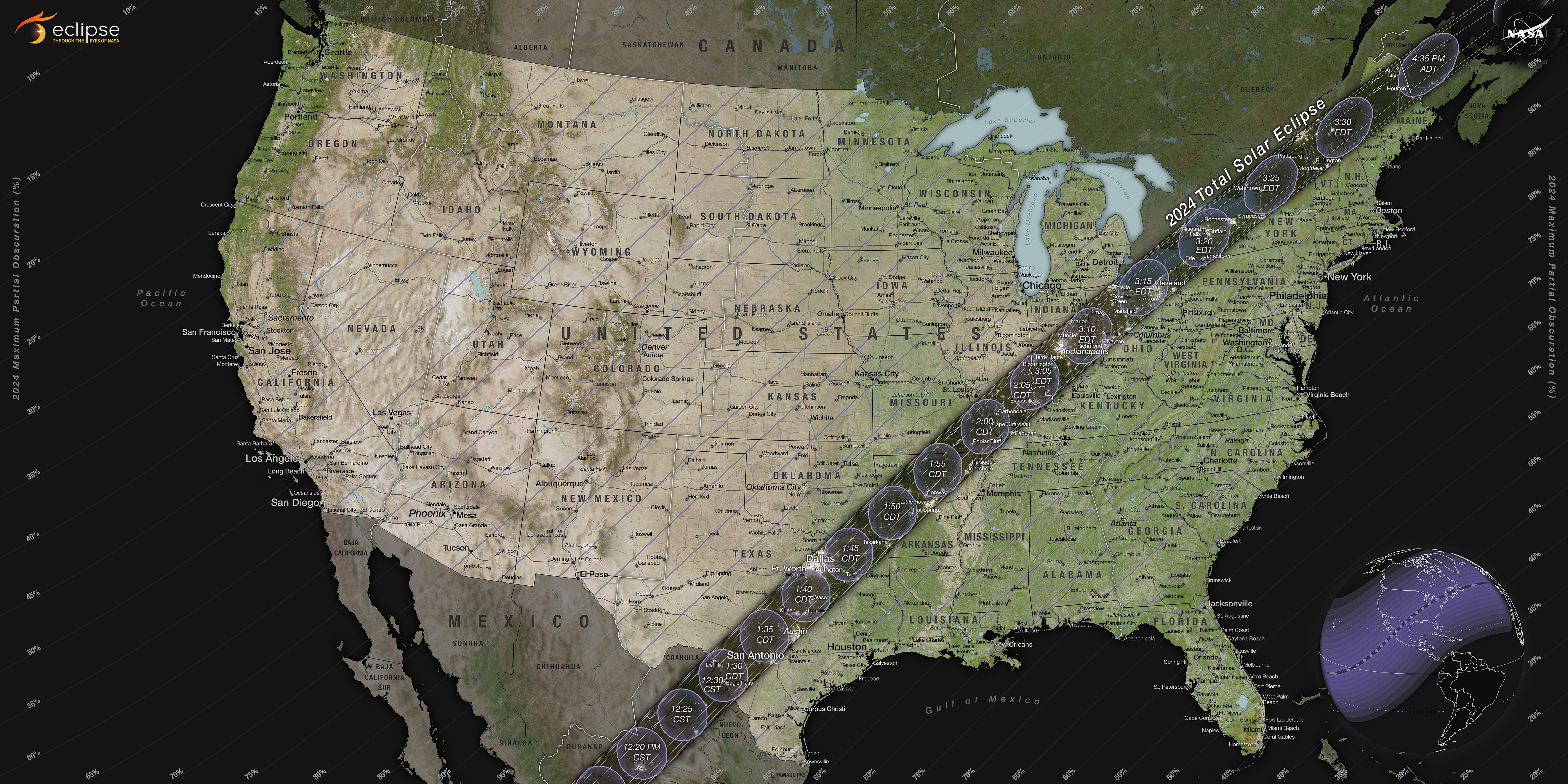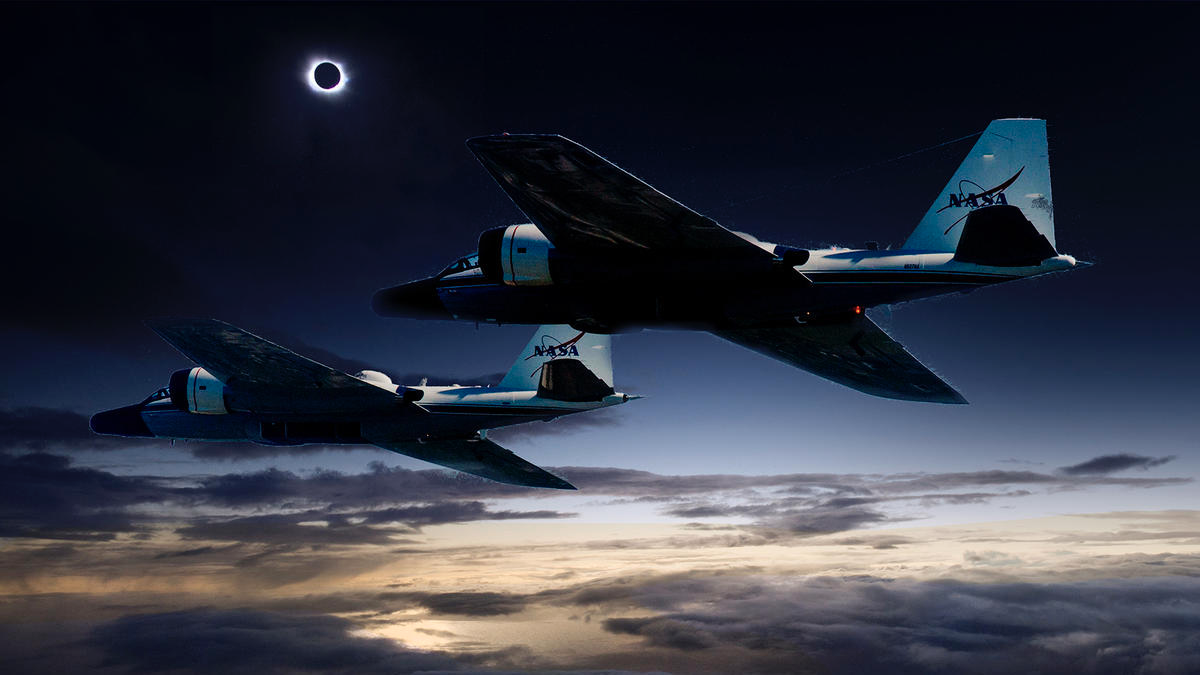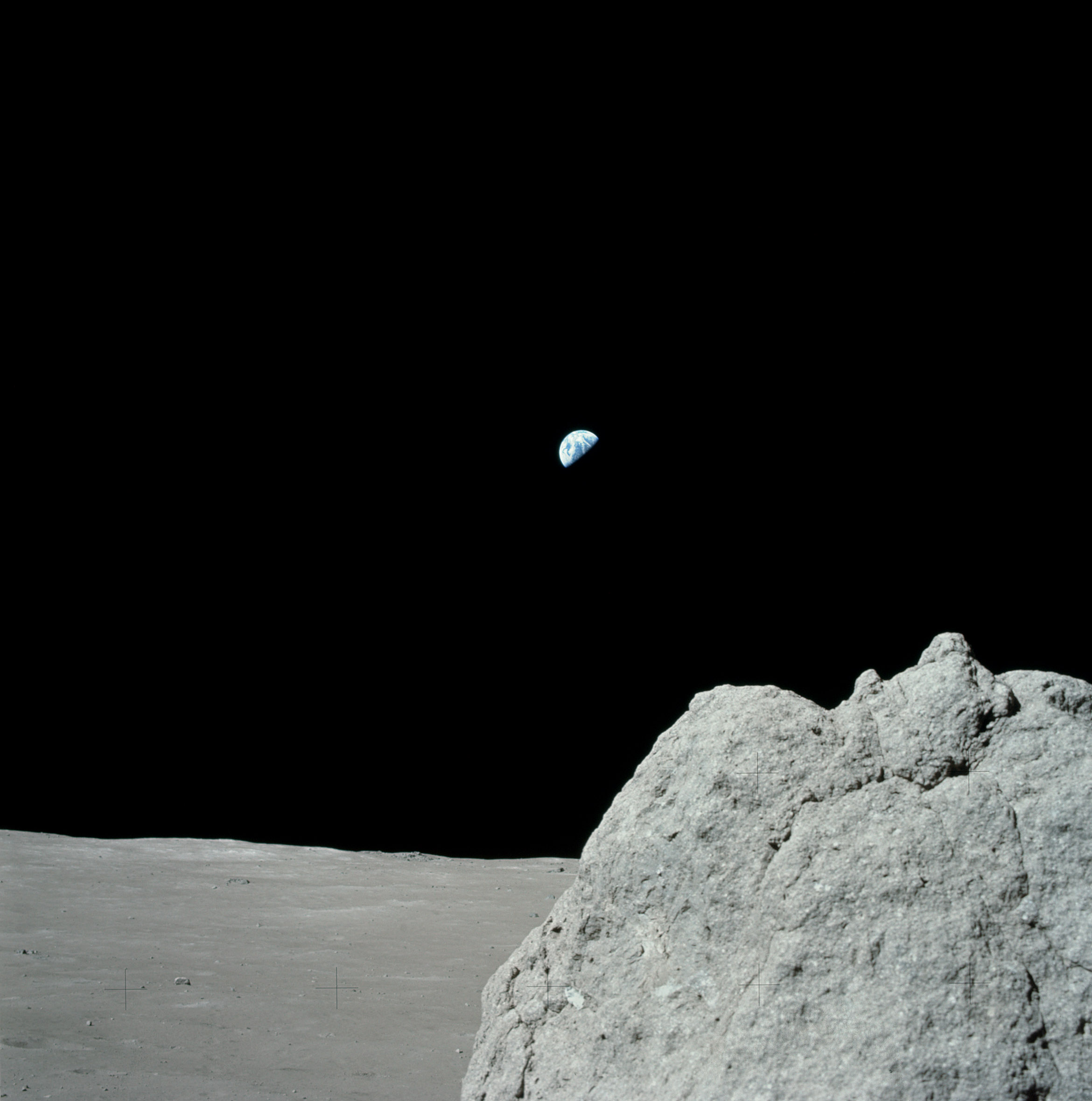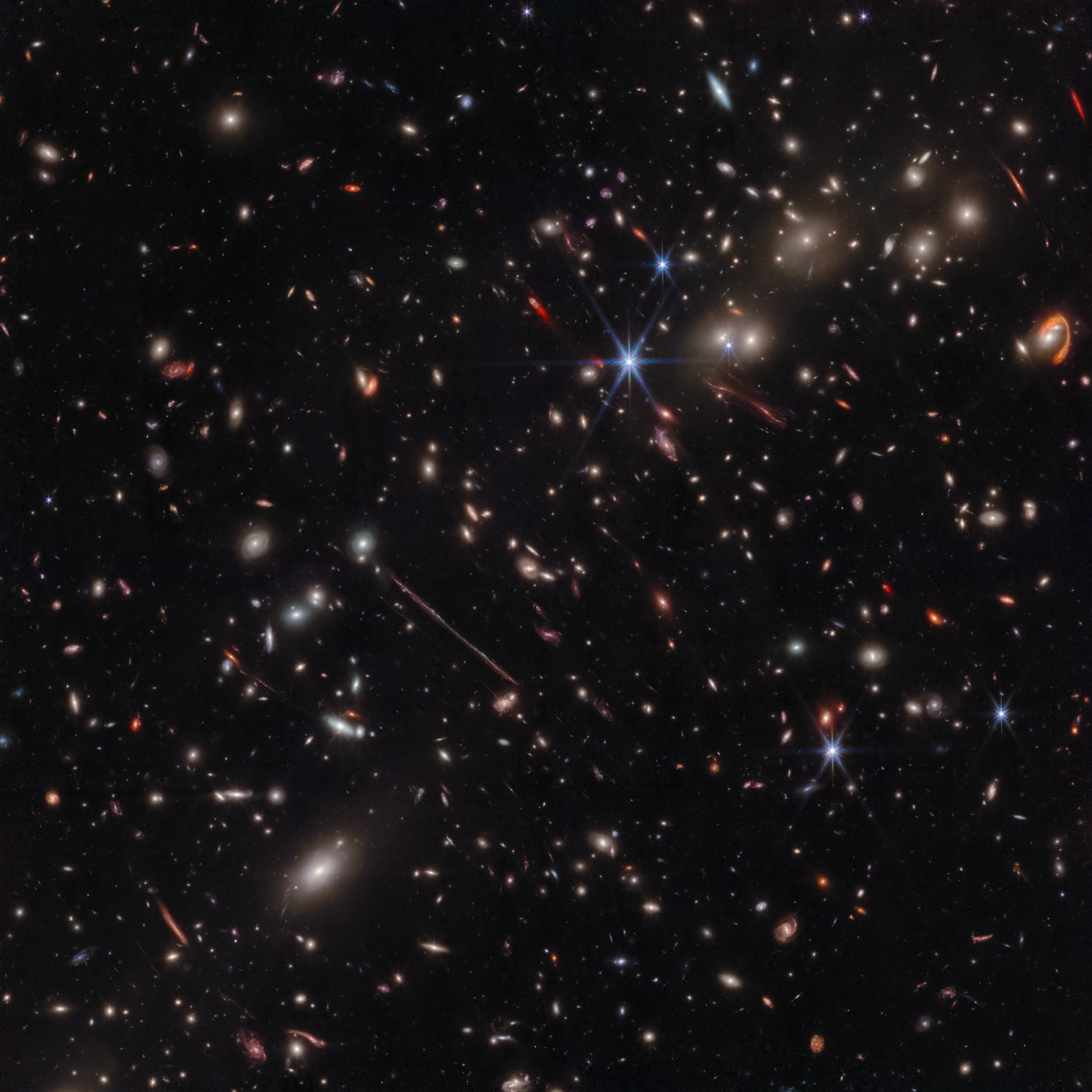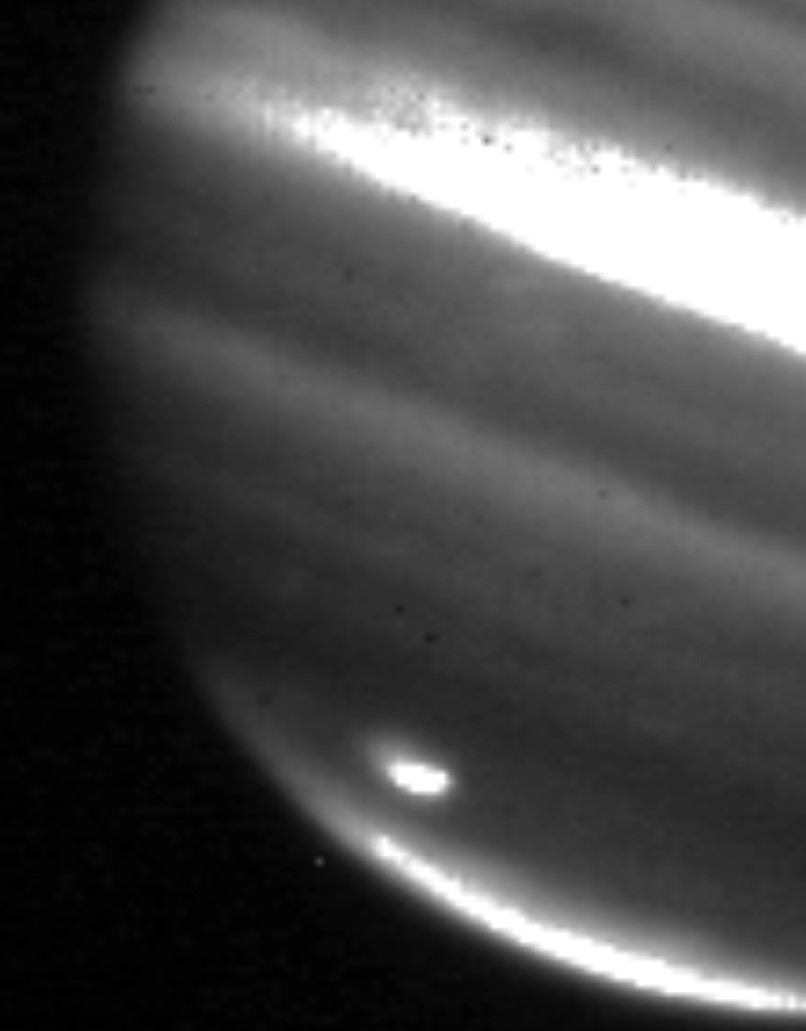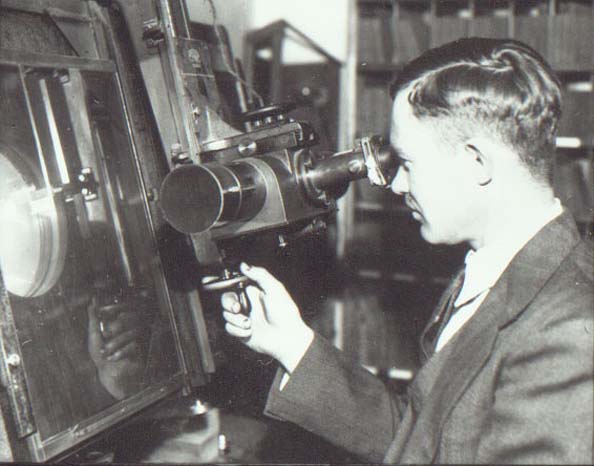Welcome to StarDate
Home of America’s longest-running national daily astronomy radio feature.
And so much more.
Stardate:
April 23, 2024Radio: Today’s Episode
Immanuel Kant
Swirling up a planetary system
Premium Same-Day Audio Access lets you stream episodes of StarDate the same day they air.
Log in or subscribe now to listen!
Radio: Yesterday’s Episode
Moon and Spica
A constellation with a busy background
 /RSS Feed
/RSS Feed
Stargazing
Full Moon
The Moon is full at 6:49 p.m. CDT as it lines up opposite the Sun in our sky. Among other names, the full Moon of April is known as the Egg Moon, Grass Moon, or Pink Moon
Moon and Spica
Spica, the brightest star of Virgo, stands just a whisker away from the full Moon tonight. They are low in the southeast as twilight fades, separated by about half a degree, which is less than the width of a pencil held at arm’s length.
Looking Up
Several bright stars and star patterns stand high in the sky this evening. Regulus, the brightest star of Leo, is in the south. Pollux and Castor, the twins of Gemini, are about the same height in the west. And the Big Dipper hangs upside-down in the northeast.
Moon Phases

At the new Moon phase, the Moon is so close to the Sun in the sky that none of the side facing Earth is illuminated (position 1 in illustration). In other words, the Moon is between Earth and Sun. At first quarter, the half-lit Moon is highest in the sky at sunset, then sets about six hours later (3). At full Moon, the Moon is behind Earth in space with respect to the Sun. As the Sun sets, the Moon rises with the side that faces Earth fully exposed to sunlight (5).
Today’s Sponsor
Stardate Magazine
Current Issue: MaY/JUNE 2024
The Return of IGRINS
by Emily Howard
This issue highlights the return of an instrument that studies the infrared universe, and after a decade, it’s about to come home to the McDonald Observatory in Texas. We’ll also have all the latest astronomy news, a comprehensive two-month stargazing guide for the months of May and June, detailed skycharts, and answers to your astronomy questions from our science guru Merlin.

Shop
Combos – Bundle and Save
Popular
Explore
Featured Images
Fun Factoid
More fun facts in our Astro Field Guide!
Star Teachers
Stars and Galaxies
Galaxies contain billions of stars. Do galaxies collide? Do the stars within them collide?

